From today, Gizmag is known as New Atlas, and we thought the moment warranted a look back at some of the key developments that have impacted our personal lives throughout our 15 year history. Join us as we revisit the 21st century's most innovative tech products in mobile, wearable and gaming.
Innovation can mean a lot of different things. An engineer's definition of the most innovative tech products is probably very different from a consumer's, which may be very different from a historian's. In this case, we're focusing on the pioneers: the products that changed society, opened doors or planted seeds. And in a few cases, we're taking the liberty of picking some very recent products that look like they're on that trajectory, even though the world hasn't fully felt their ramifications just yet.
iPhone (2007): Nothing else comes close

Multitouch smartphones shaped today's world like no other category of tech product, and it all started with Apple's original iPhone from nine years ago.
If you were to rewind back to early 2007, you'd see people carrying Moto Razr flip phones in place of the iPhones and Android phones of today. Back then the closest thing we had to a "premium smartphone" was the keyboard-laden, corporate-focused BlackBerry. And the hottest mobile device only did two things: music and video. The world was ready for something better, and Apple, fresh off its world-beating success with the iPod, was the perfect candidate to do it.
Before the announcement, when news spread that Apple was working on a potentially industry-disrupting smartphone, many of us imagined a cellular iPod, click wheel and all. That was off the mark (thank goodness), though it was later revealed that Steve Jobs and company had considered that very idea and wisely scrapped it.

The aluminum, touchscreen iPhone that we did get was like nothing the world had seen before. Compared to today's smartphones, it's tiny, thick and slow, with barebones software and a terrible camera. But the combination of those elements (cutting edge nine years ago), combined with its gorgeous design, airtight user experience and unprecedented multitouch input still make up the basic blueprint for every modern-day smartphone.
Even tiny details that are second nature today – like sliding to unlock, scrolling and panning as if the content on the screen is a piece of material (rather than swiping your finger up to make the page go up), and pinching and spreading your fingers to zoom in and out – were delightful novelties for anyone using the iPhone in 2007. Had Apple not added these touches, who knows what today's phones would be like.
The original iPhone was a thousand tiny innovations rolled into one colossal innovation for the ages.
It didn't start to blossom as a game-changing platform until the App Store (and faster 3G data) arrived a year later, but on an innovation level alone, the original iPhone paved the road to today's world like no other product. An entire generation of consumer tech is standing on its shoulders.
Oculus Rift DK1 (2012): The virtual dream becomes a reality
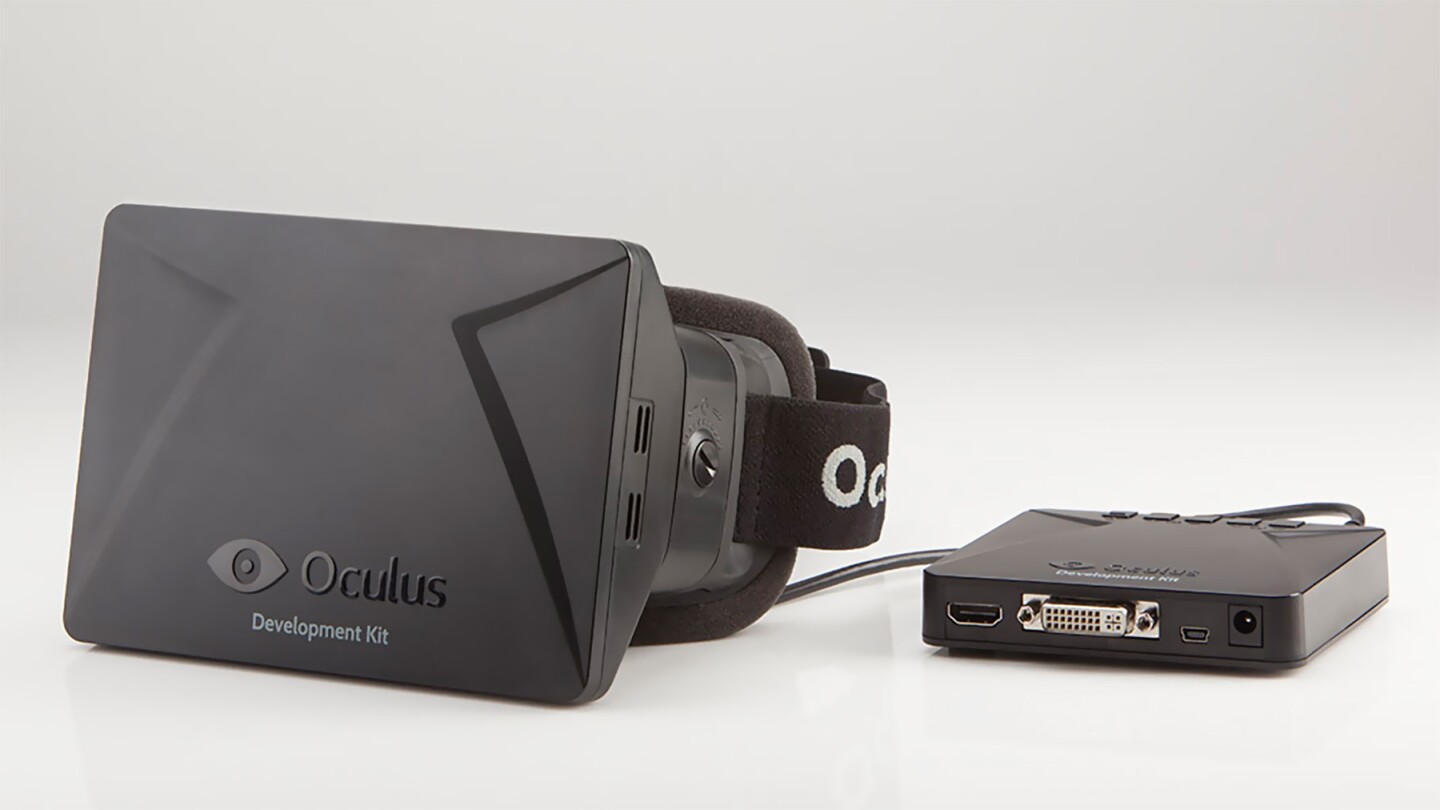
It's too early to know for sure where VR's impact will fall in the history books (it's still just getting off the ground), but there's no question where the spark for that flame came from. Before Facebook got its hands on it, Oculus VR was a tiny indie startup founded by HMD enthusiast Palmer Luckey, who was frustrated by the enormous gap he saw between virtual reality's potential and reality.
Taking matters into his (and his partners') own hands, Luckey's first Oculus Rift dev kit became a Kickstarter sensation that snapped VR out of its vaporware purgatory and captured imaginations all the world over. During the following four years leading up to its consumer release, it was practically a given that the Rift would be the hottest and most talked-about item on the floor of any given tech or gaming convention.
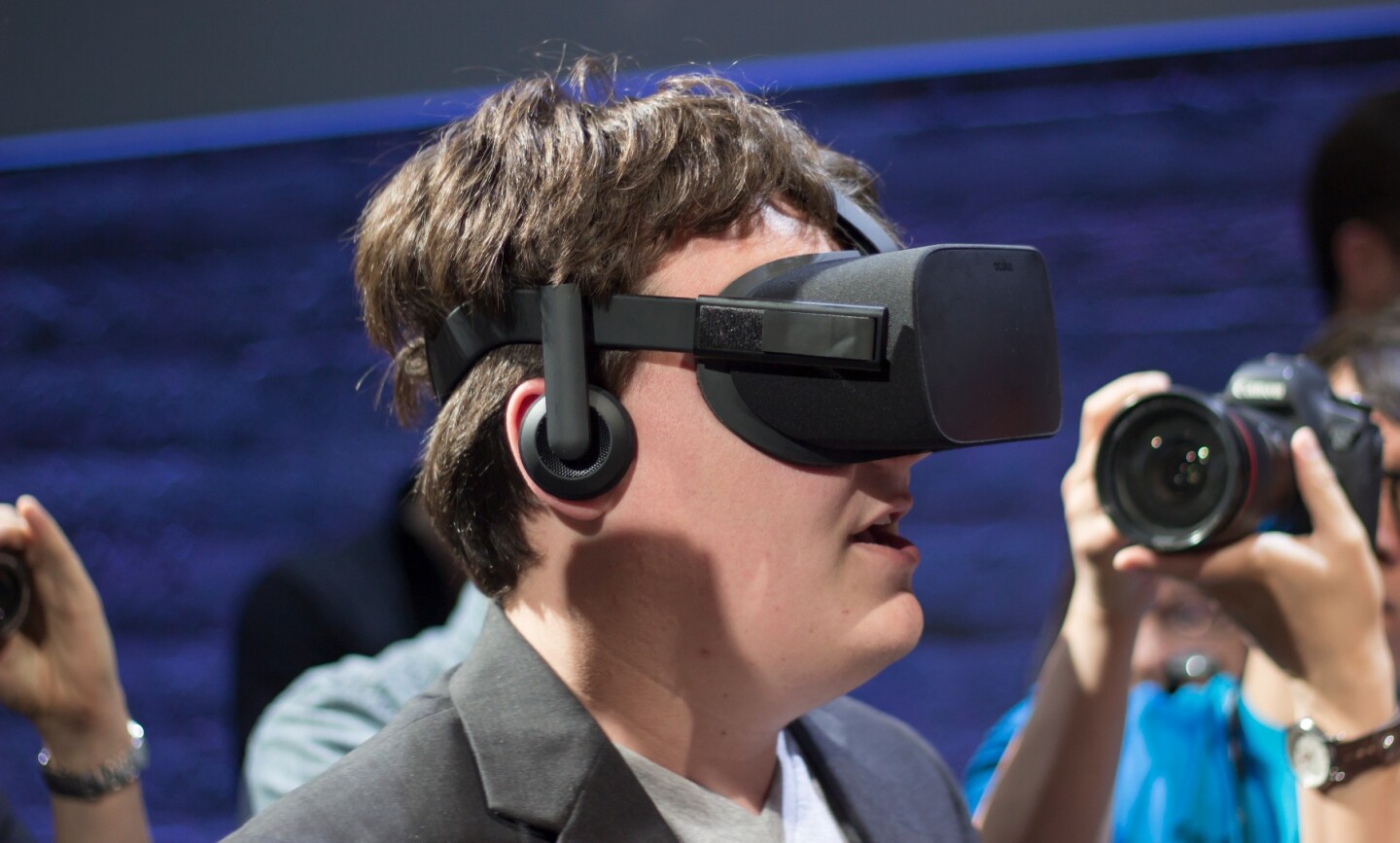
When the consumer Rift finally arrived earlier this year, VR had become such a global movement that Oculus' headset ran into some extremely tough competition (read on). But as far as the broader innovation goes, it was the pre-release Oculus Rift from 2012, along with its two pre-consumer successors, that set up this VR playing field, luring all the other major players.
iPod (2001): The mobile stepping stone

Just over a month after the September 11 terrorist attacks, a mournful and anxious world began to rediscover the joy of music all over again, with the 21st century's answer to the Sony Walkman, the Apple iPod.
Riding on the shoulders of the near-deathblow that Napster had dealt to the music industry, Apple exploited record labels' vulnerability and struck aggressive deals to launch the first ultra-successful digital music storefront, the iTunes Store. iTunes was as much of a game-changer as the iPod itself, getting people paying for music again and laying the groundwork for today's mobile app stores.
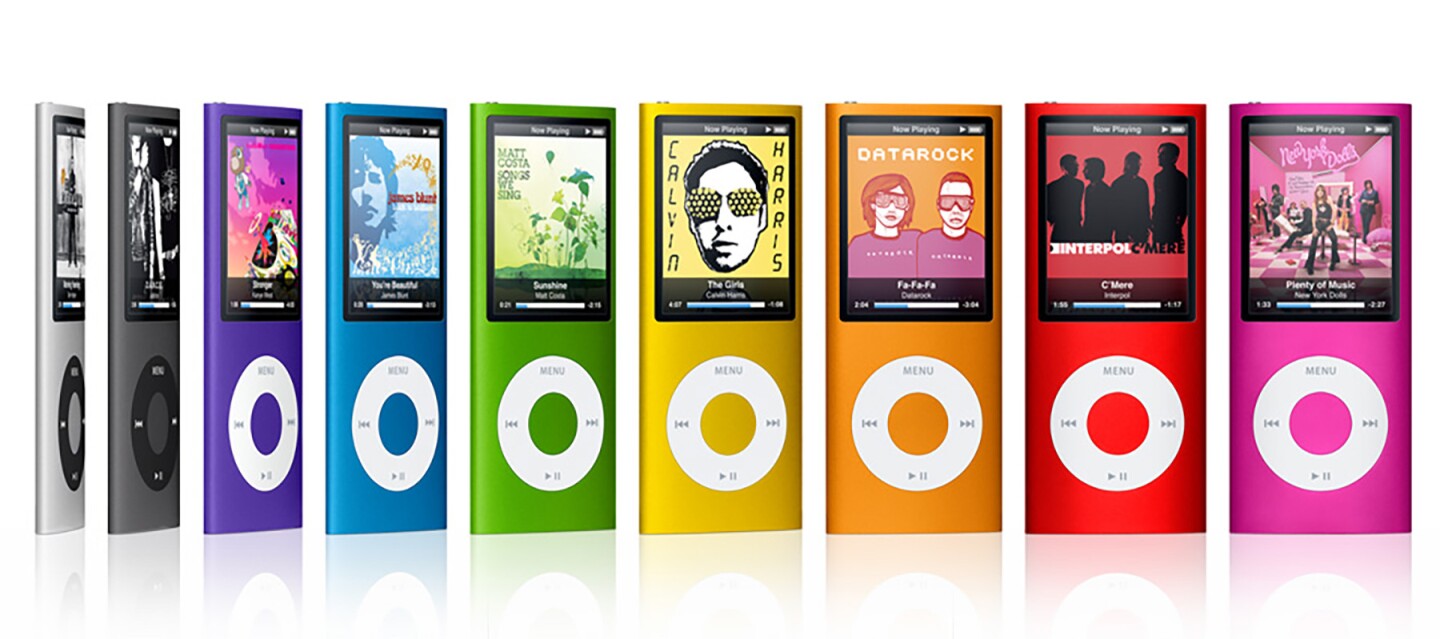
Not only did the iPod re-establish Apple as an iconic company, but it also introduced the world to the idea of lustworthy mobile devices. When you call a gadget "sexy" today, a description that might land you in therapy if taken literally, people know exactly what you mean. Before the iPod, though, portable gadgets – whether for jamming out to music, talking to friends or playing Tetris – had typically been bulky, utilitarian affairs. The iPod forced us to think different about mobile gear, casting a not-so-flattering light on its clunky and decidedly non-sexy predecessors.
Today the classic iPod is more or less dead, cannibalized by more capable smartphones, but that original iPhone never would have been possible had the iPod not set the stage with its polish, simplicity and massive cultural success.
Samsung Galaxy Note (2011): Supersize me
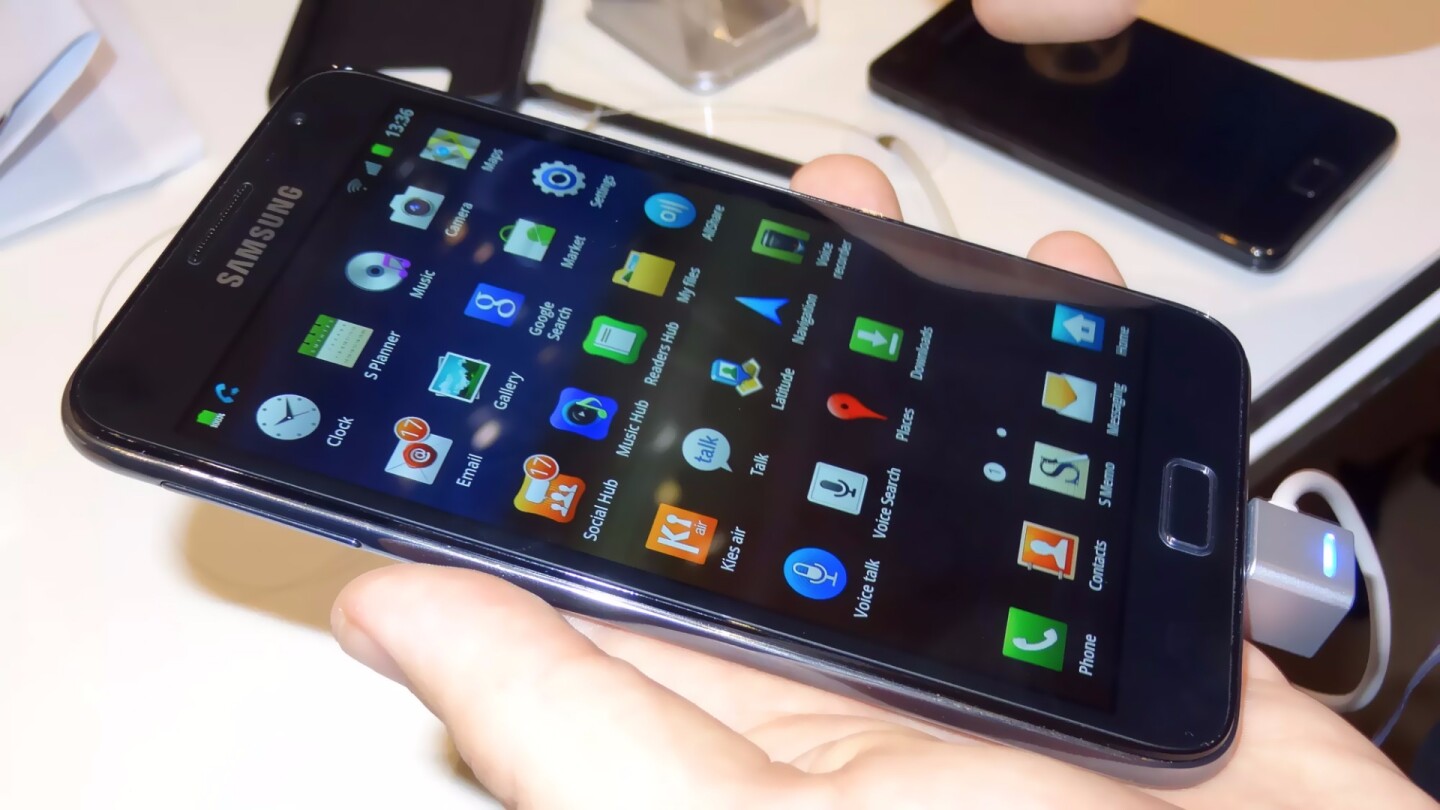
If it weren't for the Galaxy Note, would today's smartphones still have tiny 3.5-inch or 4-inch screens? Maybe not, but credit is still due to Samsung for pushing the boundaries of screen size, while introducing the world (perhaps unfortunately) to the word "phablet."
When Samsung launched the original Note back in 2011 (and, more memorably, put it on the mainstream map a few months later, with a memorable Super Bowl ad that mocked Apple fans), it looked like an oversized monstrosity compared to the tiny handsets of the day. I remember the mockery from the Apple blogs and other press like it was yesterday: At that point, the company was still riding the tidal wave of the Steve Jobs era, and when Apple insisted that a 3.5-inch phone sitting next to a 9.7-inch tablet was the way to go, it was largely accepted as gospel.
Who does this Korean company think it is, telling us we can replace both of those with a – gasp – 5.3-inch do-it-all pocket computer?

Fast-forward to today and most flagships have displays in the 5.1-inch to 5.7-inch range, while tablets have been shoved out of the spotlight altogether. Even the screen of Apple's iPhone 6s, which looks small compared to most of its peers, is 67 percent bigger than the iPhones from 2011, when the first Note launched.
You could argue that it was more the Android ecosystem as a whole, and not just Samsung, that pushed screen sizes to where they are today (the hapless Dell Streak had a 5-inch display a year before the Note arrived). But it was the Galaxy Note that most visibly and commercially kickstarted that trend.
iPad (2010): A more personal computer
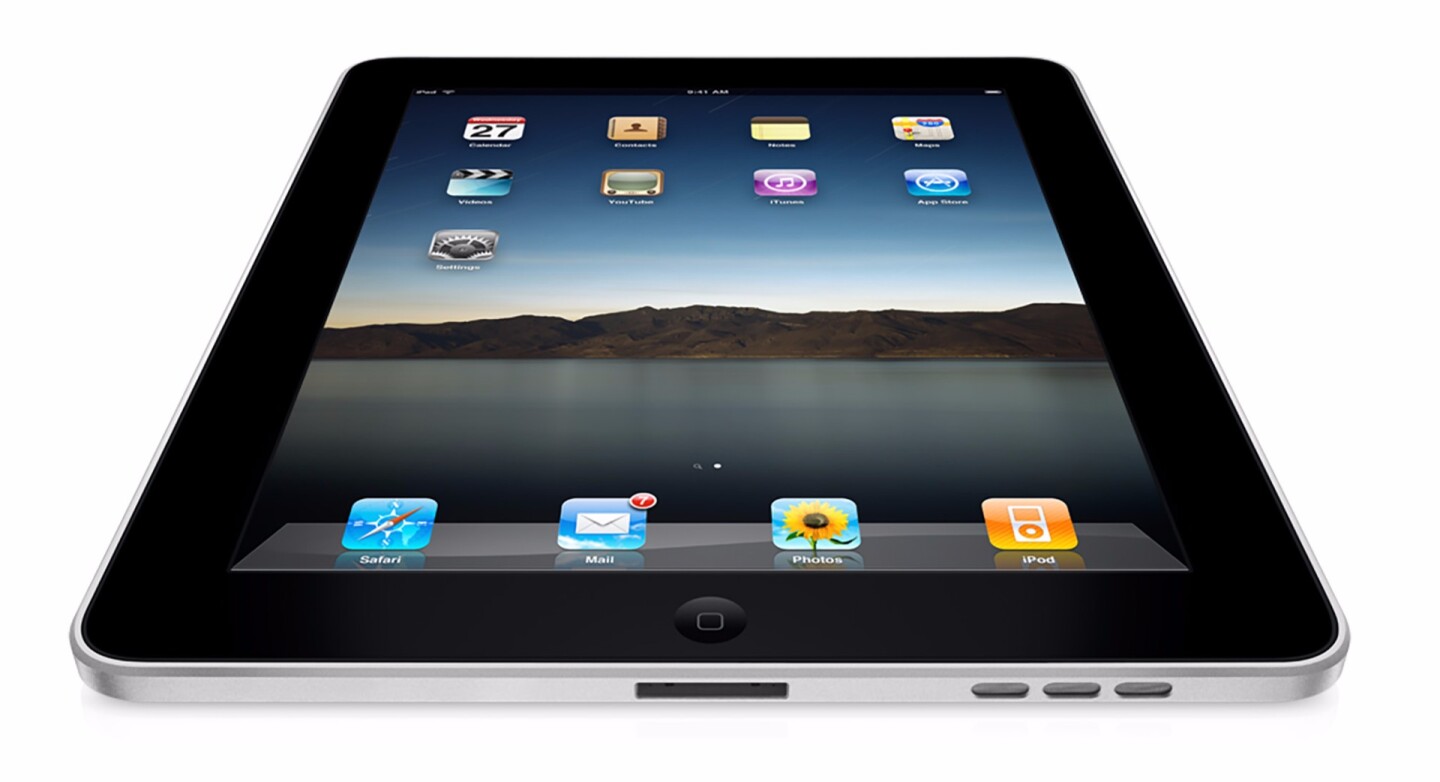
If we'd written this same article three or four years ago, the iPad probably would have been near the top. But as smartphones got bigger, the significance of tablets got smaller.
While it was (and is) basically just an oversized iPhone or iPod touch, the original iPad created a new middle ground between smartphones and laptops. It's a content consumer's dream: Watching movies, playing games or browsing through the day's news are better on a tablet than on smartphones or laptops. Apple deserves credit for realizing that much of what made the iPhone great would also be great, in a slightly different way, in that larger form factor.
Microsoft Surface (2012): Blurred lines
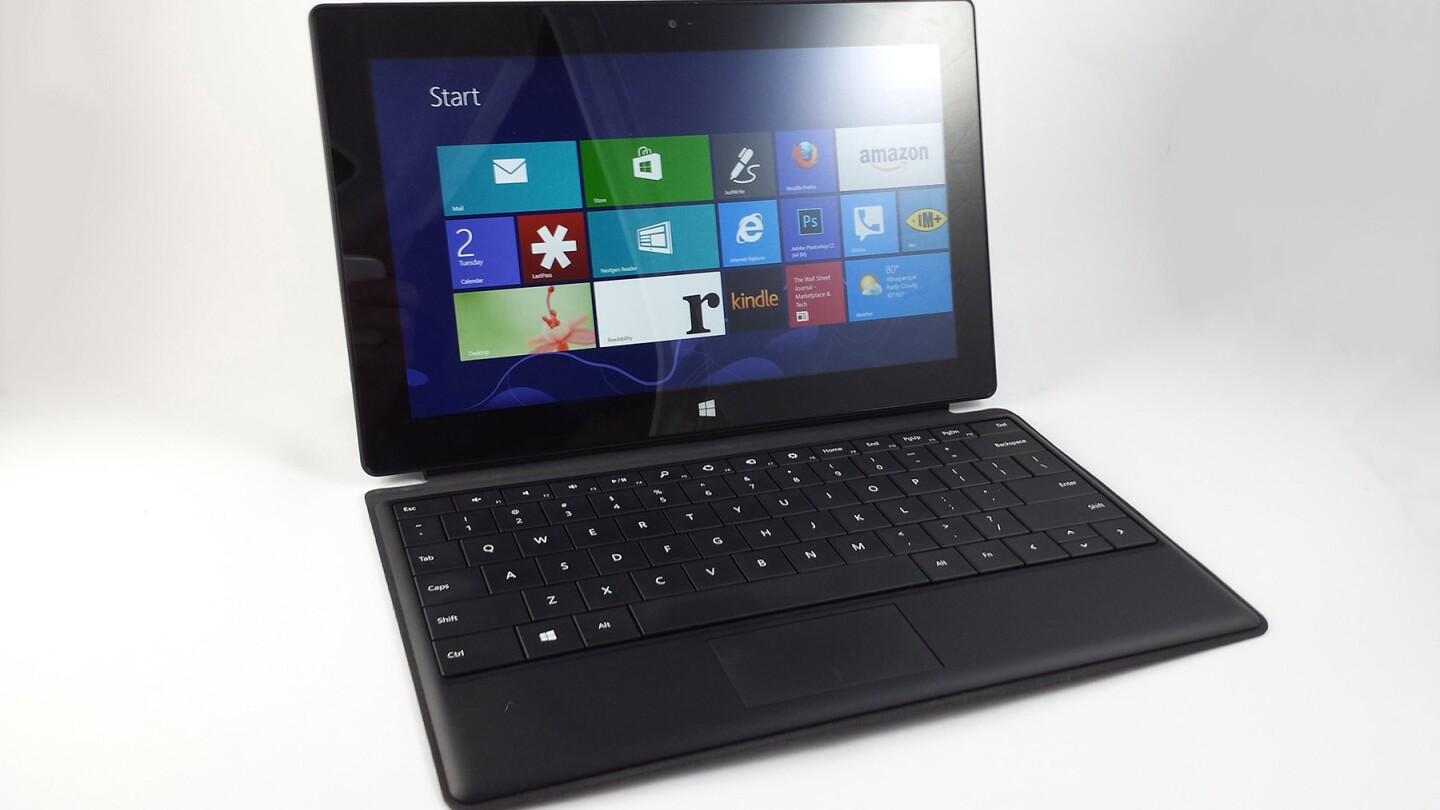
The years 2010 through 2012 were about leaving no empty spaces. First the iPad filled a gap between smartphone and laptop, then phablets like the Note filled the gap between phone and tablet. Microsoft saw an opening between tablet and laptop, and planted its flag there with the Surface – a Windows-running, pen-based tablet that uses a snap-on keyboard to transform into a laptop.
It took a few generations to get the hardware and software just right, but, despite its clumsy start, it eventually proved it was much more than a gimmick. Today Surfaces and other 2-in-1s are a mainstay in airports, coffee shops and backpacks all over the world.
Nintendo Wii (2006): The birth of casual gaming

Though charming and fun, it's easy to look back today on the Nintendo Wii as something of a passing fad – especially when you remember all of the rushed shovelware that developers churned out for it. But the first motion-controlled gaming console planted some important seeds.
First, it got people gaming who had perhaps never thought of playing video games before, be it little Jimmy and Sally, Mommy and Daddy, or Grandma and Pop-Pop (before that, gamers were most often kids or enthusiast adults). You can see reflections of the Wii's casual gaming in today's mobile gaming environment – especially when you consider, from a core gameplay perspective, how similar the swinging of a Wiimote is to the swiping of a touchscreen. Casual gaming requires broad strokes.

The Wii motion controls also laid some primitive groundwork for today's VR input, like the Vive controllers and Oculus Touch. Unfortunately Sony doesn't seem to have gotten the memo that yesterday's Wii era and today's VR era require altogether different hardware.
HTC Vive (2016): Real movement in the virtual world
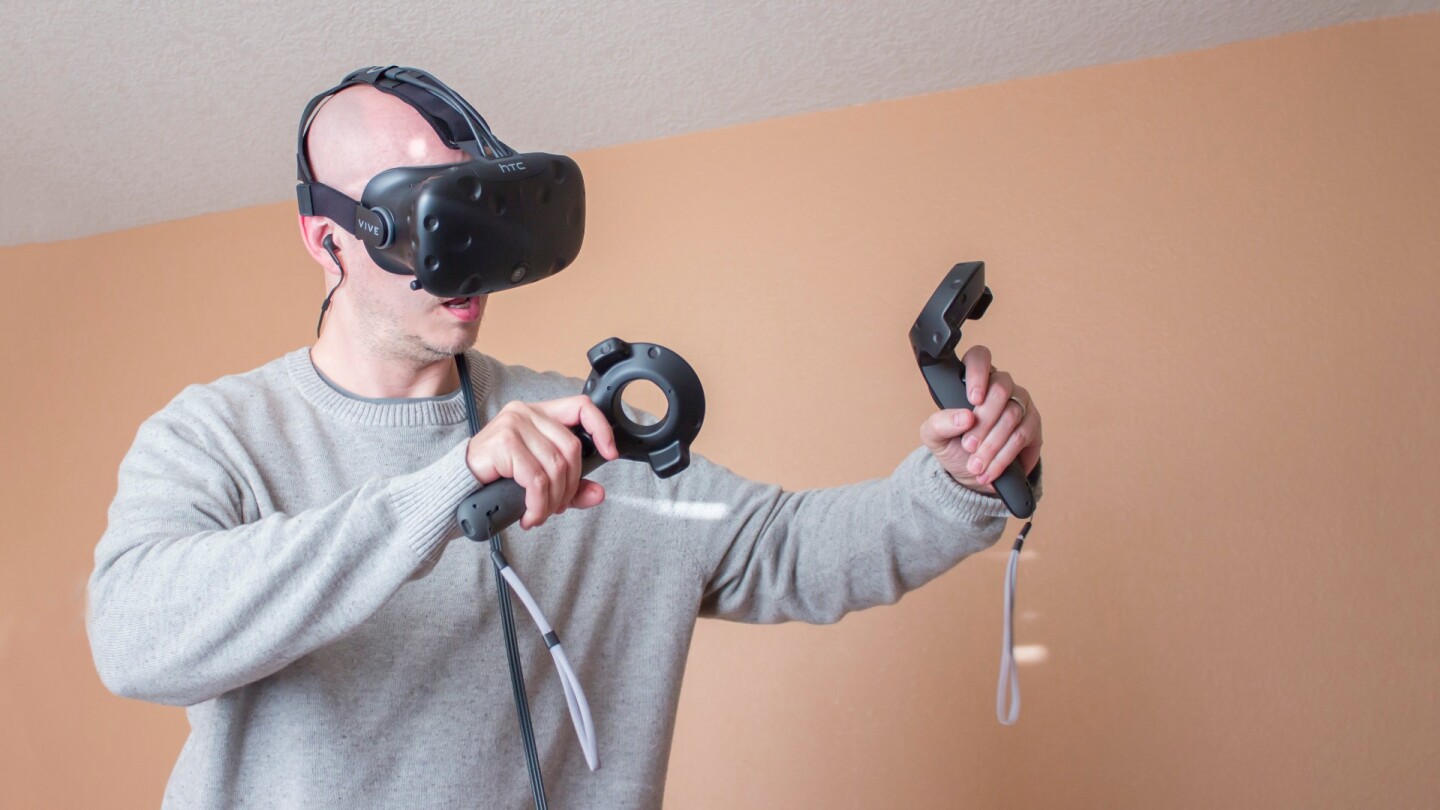
When HTC announced the Vive at Mobile World Congress 2015, many of us expected a "me too" Oculus Rift wannabe. What we got instead was our pick for the best first-gen VR headset, and the one that created room-scale VR.
But to say the Vive is innovative only because it lets you walk around a room would be unfair. Valve and HTC developed the Lighthouse tracking system, which, instead of using cameras to track the headsets and controllers, emits laser beacons from wall-mounted base stations that the headset and controllers use to track their own positions in space – essentially the reverse of the optical sensors that were the standard up to that point. Lighthouse gives the Vive a finer tracking precision, with less room for error, than a camera-only system like the Rift.
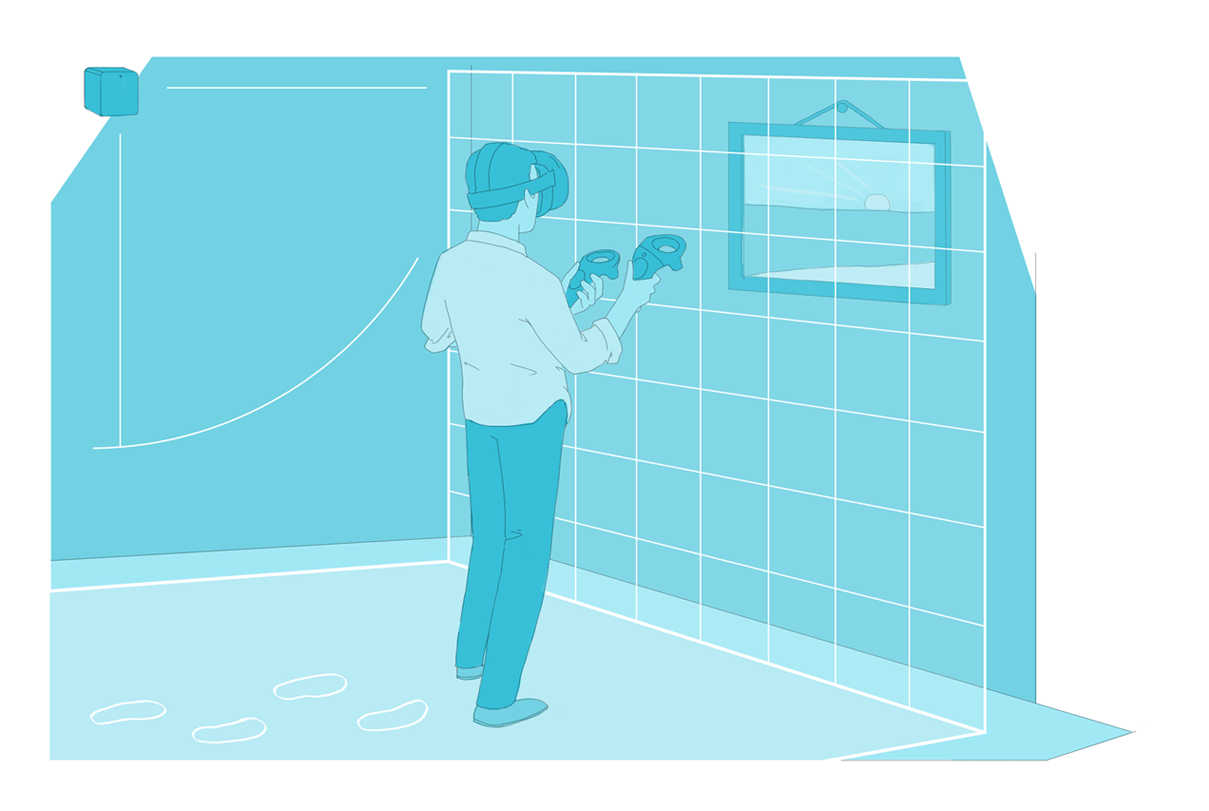
Perhaps an even bigger innovation is the Vive's Chaperone system, which pops up virtual boundaries to let you know when you're getting near the edge of your playing space. Chaperone gives you more freedom inside VR by removing real-world concerns like, you know, smacking into a wall. Room-scale VR without it would be at best clumsy, and at worst unsafe.
Like with the Rift, the Vive's long-term stance as an innovator will depend on what comes next, but unless this VR momentum screeches to a halt, it's looking like one for the books.
MacBook Air (2008): Laptops grow up by slimming down
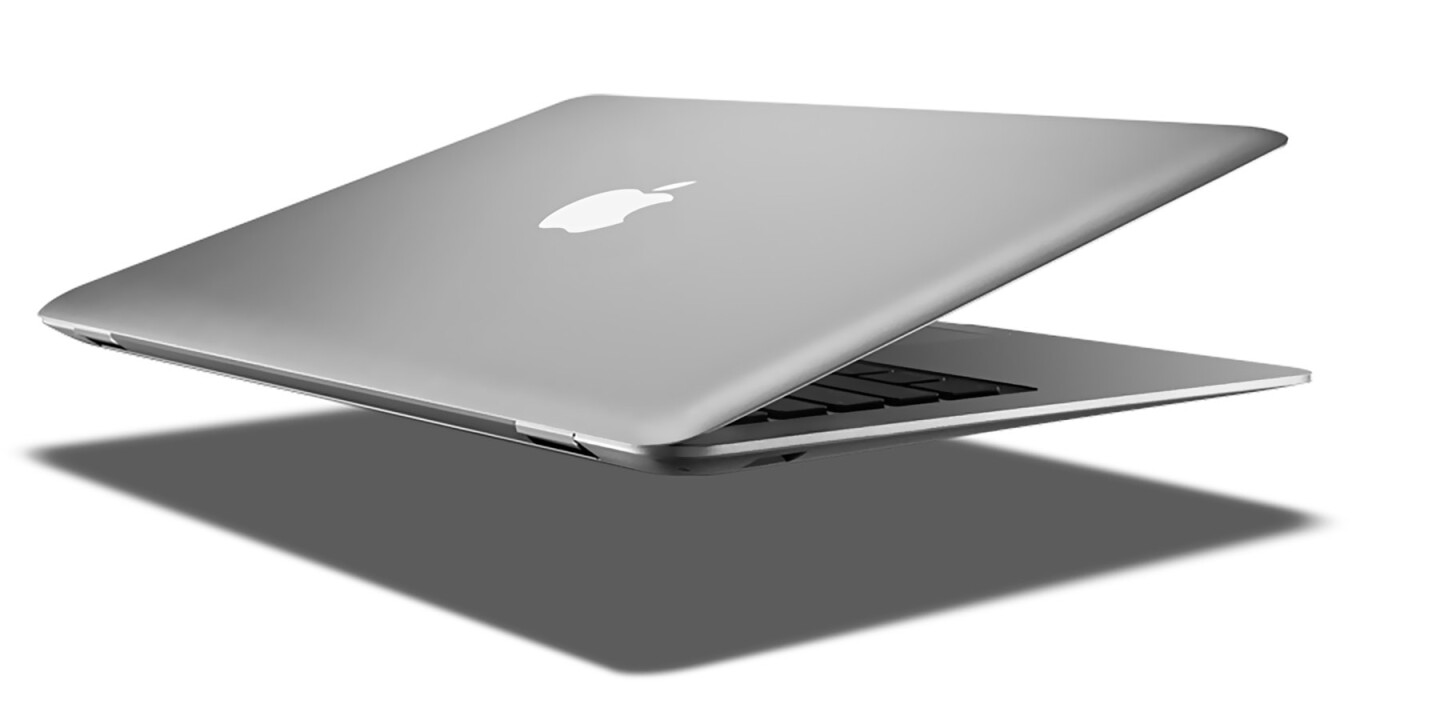
While notebooks have only gotten lighter and thinner since then, the first MacBook Air was like nothing else the citizens of 2008 had seen. Much like Apple did with the iPod and iPhone, the Air took a product line that had been historically thick, heavy and made of plastic, and made it absurdly light and thin (especially for that era), with a premium design carved out of a single piece of aluminum.
Though the first model was underpowered and overpriced, the MacBook Air line soon evolved into the quintessential notebook: the best balance of power and portability in the category. Apple is now grooming its spiritual successor, the 12-inch MacBook, to take its place, but the era of MacBook Airs and "Ultrabook" copycats (because if you give them a cool name, maybe they won't be called knockoffs) brought laptops firmly into the 21st century.
Pebble smartwatch (2012): The wearable kickstarter

Smartwatches haven't exactly set the world on fire like smartphones did, but they have been slowly maturing and growing in popularity. One of the first to move wearables from future concept to present reality was Kickstarter darling Pebble.
The company is struggling today (feeding from the Kickstarter trough has now become an annual rite of passage), as it hasn't been able to keep up with more advanced products from the Apples, Samsungs and Motorolas of the world. But the original Pebble still introduced millions to the idea of a wearable second screen that moved the most basic of smartphone business to the wrist. While today's watches have much more advanced hardware and sleeker designs, their core purpose has yet to move convincingly past the basic focus that the original Pebble nailed four years ago.
Google/HTC Nexus One (2010): Flipping the bird to the wireless carriers
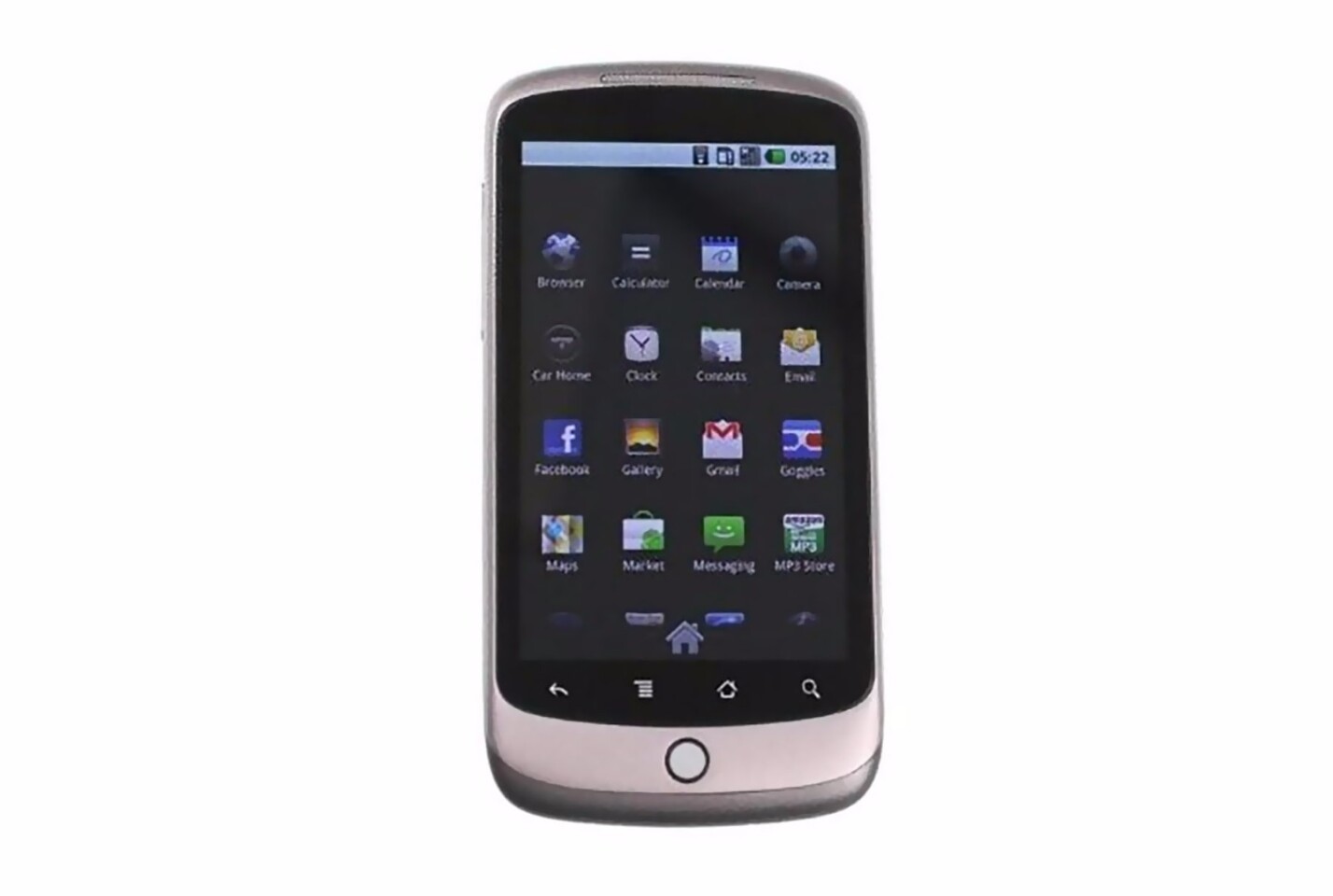
Google's first Nexus phone (in a collaboration with HTC) innovated by selling smartphones in a new way. In 2010, there just weren't many people interested in going online to order an unlocked phone without a contract, so the Nexus One wasn't exactly the hit Google had hoped for.
But that idea turned out to be ahead of its time, as subsequent Nexus phones, along with rivals from Motorola, Huawei, OnePlus and others have shown that the model can work, saving customers money and freeing them from long-term carrier lock-in.
Amazon Kindle (2007): The iPod of e-books
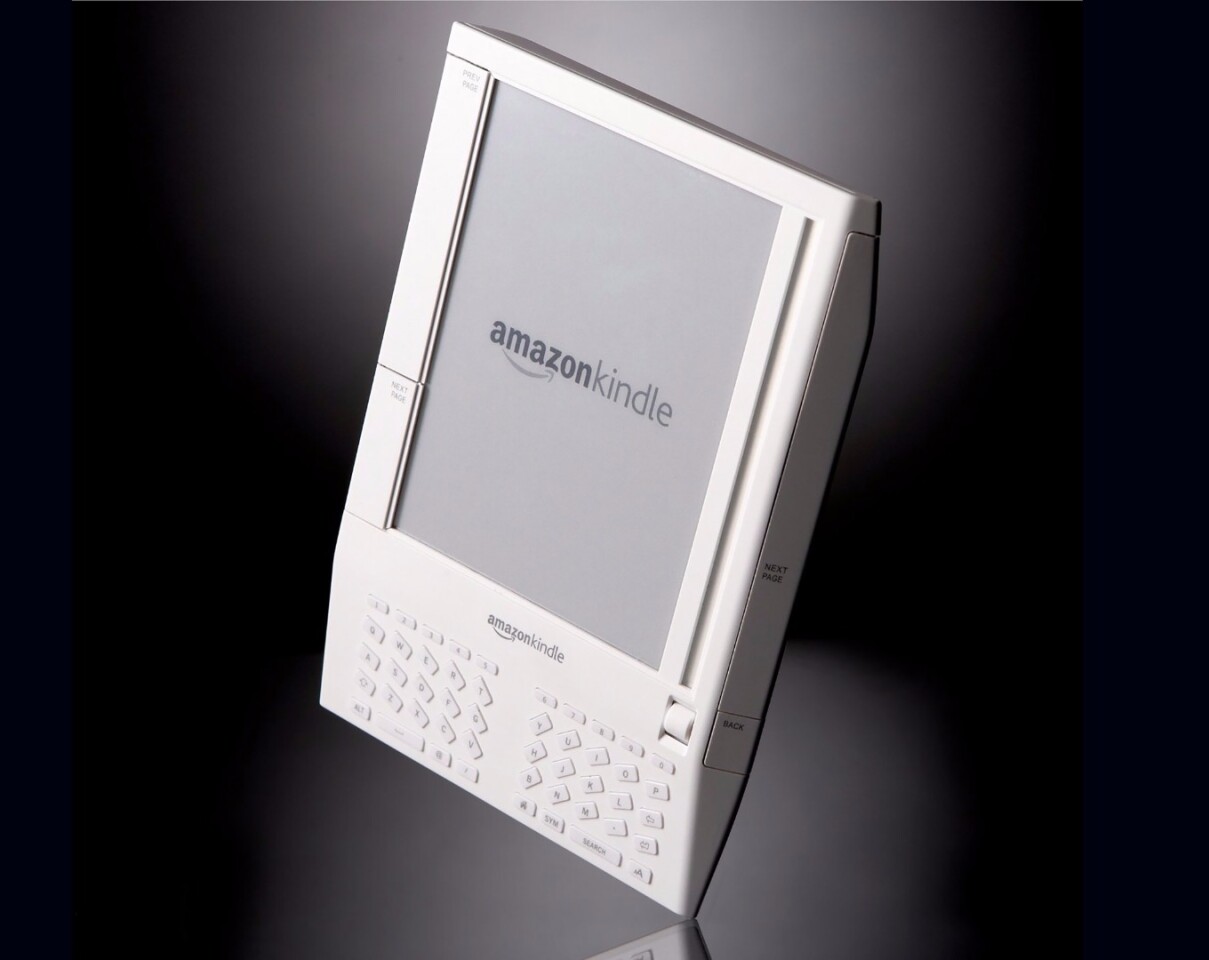
It sounds strange today, but a decade ago reading a book meant one thing: sitting down with a hardcover or paperback. The introduction of the Amazon Kindle meant you could put every book you've ever owned on one handheld device.
Its one-trick pony nature may have sealed its fate, as e-readers were supplanted by tablets and smartphones a few years later, but in that time the Kindle still managed to do for e-books what the iPod and iTunes did for digital music.
Microsoft Hololens (2015): The next chapter?
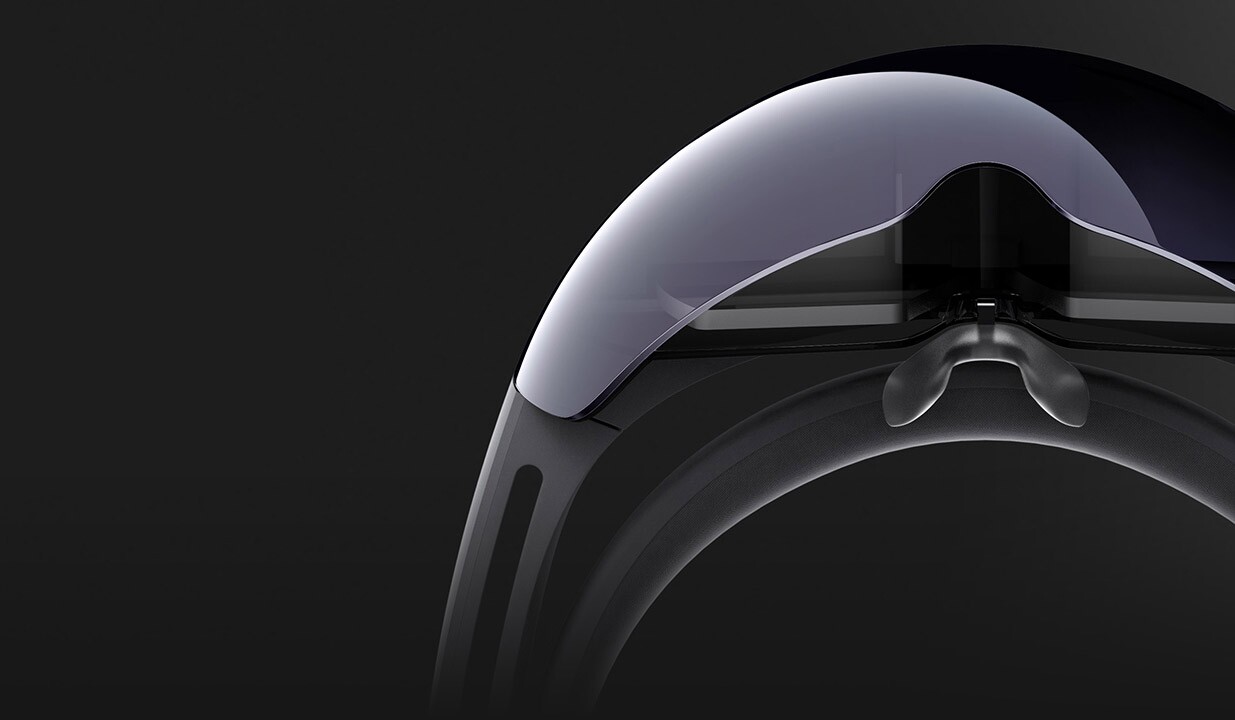
We're reaching a little here, as Hololens (and other AR projects like Magic Leap) isn't yet a consumer product – much less one that we can say with certainty will shape our future. But if augmented reality grows as big as we predict it will over the next decade, then we think the mixed reality model – virtual objects and characters seemingly interacting with the real world – is the kind of AR that will stand the test of time (as opposed to the more basic Google Glass model, which was just a two-dimensional HUD for your face).
Once AR headsets get deep software support and much subtler form factors, the sky's the limit for where this tech could go. If you can move YouTube videos to the wall of the subway train you're riding on, make your Twitter app float above your office desk, or play Minecraft as an animated world that sits on your coffee table, then do you still need a smartphone in your pocket? For that reason we think AR, more so than smartwatches, has the best long-term chance of supplanting the smartphone (emphasis on "long"). Perhaps our 2031 revision of this article will have Hololens, Magic Leap or another AR upstart sitting in the top spot.

... and if you're doubting that AR has the potential for mass appeal, look no further than this year's mobile gaming sensation, Pokémon Go. If kids and adults alike can get that excited about primitive, smartphone-based AR, what will they think of the real deal?
Check back at New Atlas for the upcoming tech innovations through the next 15 years – and beyond.


























